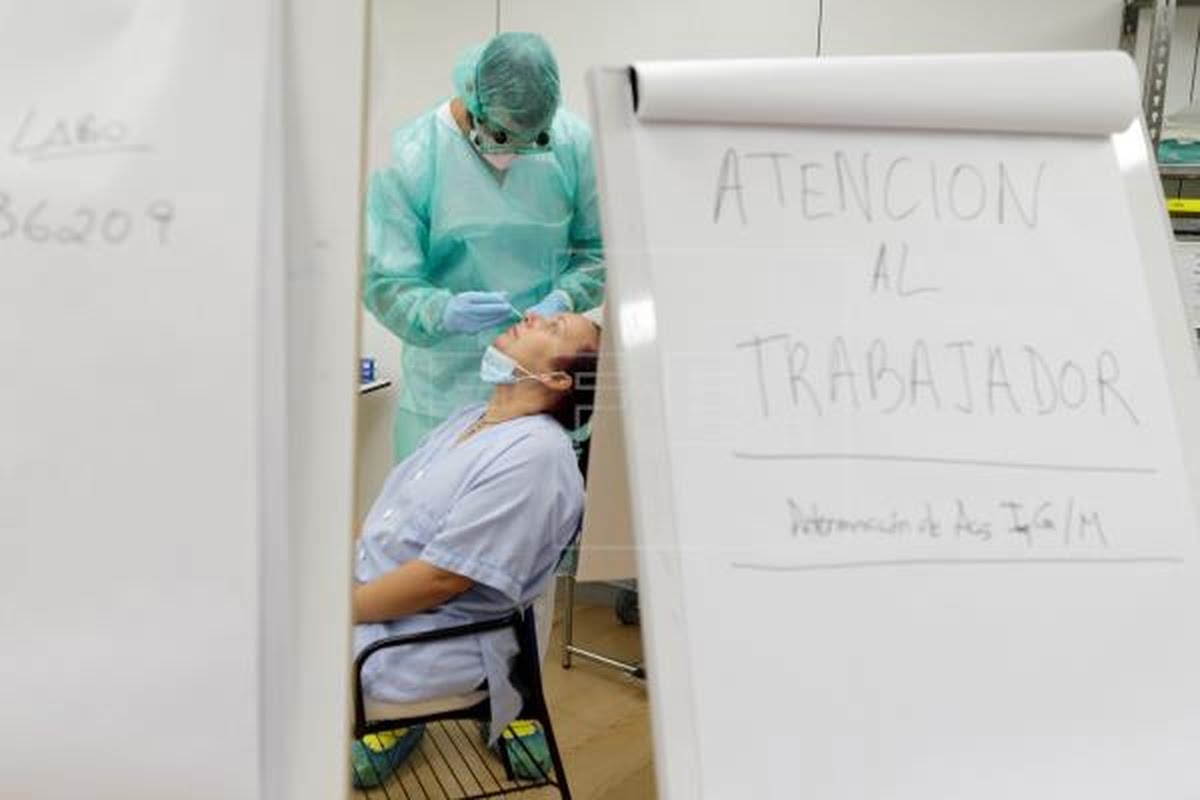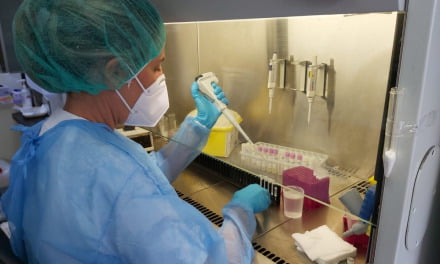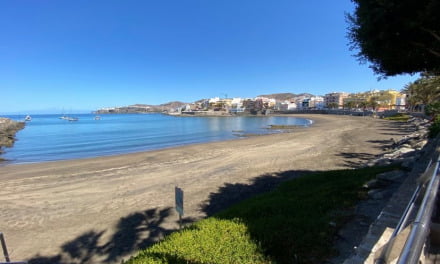The Canary Islands have once again shown themselves extraordinarily successful in controlling corona virus infections. Following a record high of newly detected daily infections back on September 4, with 386 cases, the sub-tropical archipelago has managed to stabilise and control the epidemiological curve of a second wave which became evident from the first weeks of August. Just two weeks ago the growth rate in the number of COVID-19 positives being detected stood at 4.4% and now is 1.5%, demonstrating a clear downward trend in SARS-CoV-2 infections across the islands. Coronavirus infections peaked just one week after the Government of the Canary Islands imposed their most restrictive containment measures, since the end of the national State of Emergency, focused on Gran Canaria, Lanzarote and El Hierro. The very latest data indicates that these restrictions on large gatherings and nightlife have had a very positive effect. Every indication is that COVID19 detection testing works and are a vital tool, along with other measures, in controlling the infection curve.
Over the last 24 hours, the Canary Islands region has detected just 179 new cases of Covid-19, bringing the accumulated number of detected infections since the start of the pandemic to 11,932, of which 4,850 have already recovered and been discharged. Two more people have died due to complications connected to the disease, both at the Gran Canaria Insular Hospital Maternity and Children’s Complex, which was designated with closed facilities specifically for the care of coronavirus patients. These were an 88-year-old woman and a 59-year-old man, both with previous serious pathologies, unrelated to any outbreak. The total number of people to have lost their lives with the virus on the Canary Islands now amounts to just 214.
Since the beginning of the health crisis, a total of 324,777 PCR tests have been carried out in the archipelago. An average of around 1200 per day were being tested throughout June and July, but then increased once it became clear that a new wave was likely at the beginning of August, rising to around 2,000 every day by mid August, then increasing further to average 3,000 per day by the beginning of September, when new cases were peaking. Testing has continued at that rate ever since, with the help of track and trace. Numbers over the last week have clearly started to drop.
Don’t let anyone tell you that more testing simply equals more cases. That is a seriously flawed doctrine based on over simplified science.
The Canary Islands have clearly shown that when there is an outbreak, and you more than double your rate of testing, you find more of the cases that are out there, which then helps you to control new infections, and which with time, focus and some luck, start to decline once again. As the second wave hit we went from 1,200 PCR tests a day to more than 2,000 a day and continued to increase into September.
In fact, as numbers have started to decline this last week The Canaries government have again ramped up testing still further, from just over 3,000 per day, to nearly 6,000 tests done last Saturday, and more than 7,000 tests done on Sunday. Testing is a vital part of our ability to control the spread of COVID19Editor’s note: COVID19 detection testing works.
According to the latest data provided yesterday by the Ministry of Health, 106 new positives were confirmed yesterday on Gran Canaria, 51 on Tenerife, 16 on Lanzarote, 5 on Fuerteventura and 1 on La Gomera, while La Palma and El Hierro have seen no new confirmed cases. The number of active cases in the archipelago stands at 6,868. Of these, 205 are on the hospital wards and 56 are in intensive care units (ICU). Gran Canaria remains as the island with the most cases, however we are talking about just 35 people in the ICU and 149 on the hospital wards. The rest of those confirmed active cases 6,607 remain self isolated in their homes under medical surveillance. Gran Canaria has 4,833 active cases; Tenerife, 1,542; Lanzarote, 326; Fuerteventura, 135; La Palma, thirteen; El Hierro, 7 and La Gomera, 12.
The Public University Hospital, in La Laguna, Tenerife, Complejo Hospitalario de Canarias (HUC), have been taking part in a Spain-wide multi-centre clinical trial to develop a therapy to treat Covid-19. This consists of infusing plasma from donors, who have recovered from the disease, to seriously ill patients requiring admission to the ICU. The antibodies present are thought to act against the virus, in order to reduce the severity of the infection in patients. The study, being carried out by the Intensive Medicine and Haematology services at HUC, requires plasma donors who have overcome the coronavirus infection, who are between 18 and 65 years old, who are in good health and, in the case of women, who have no previous gestational history or abortions.













